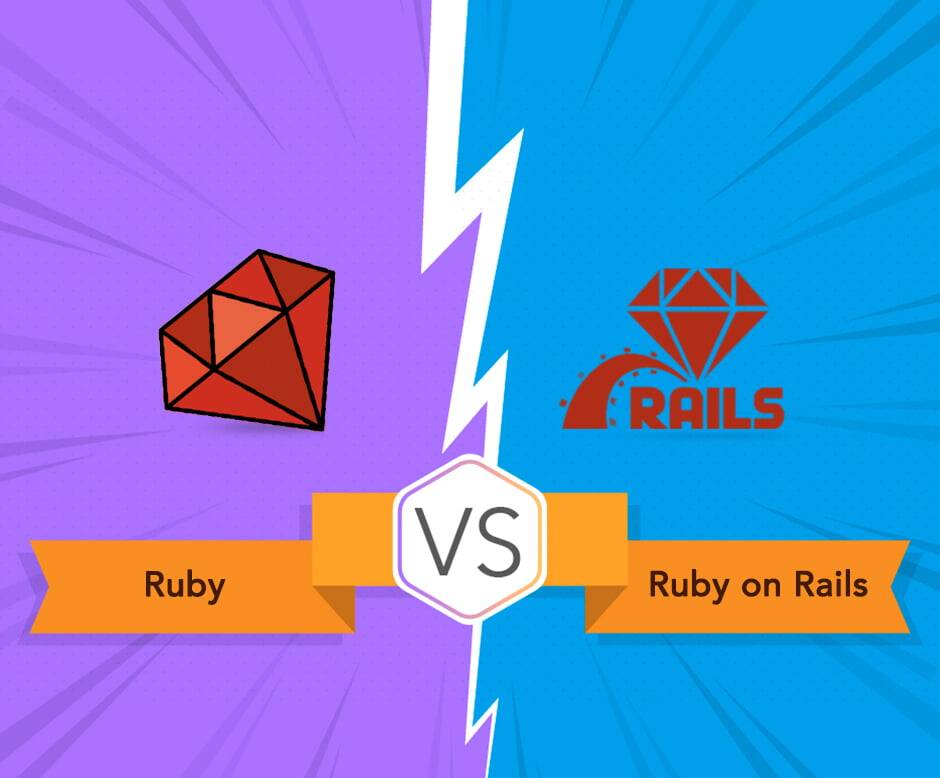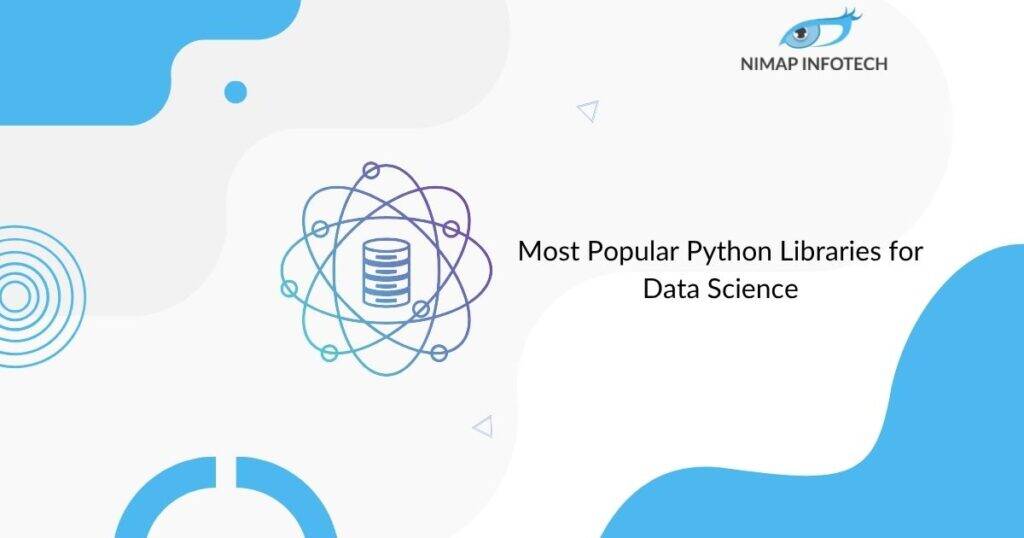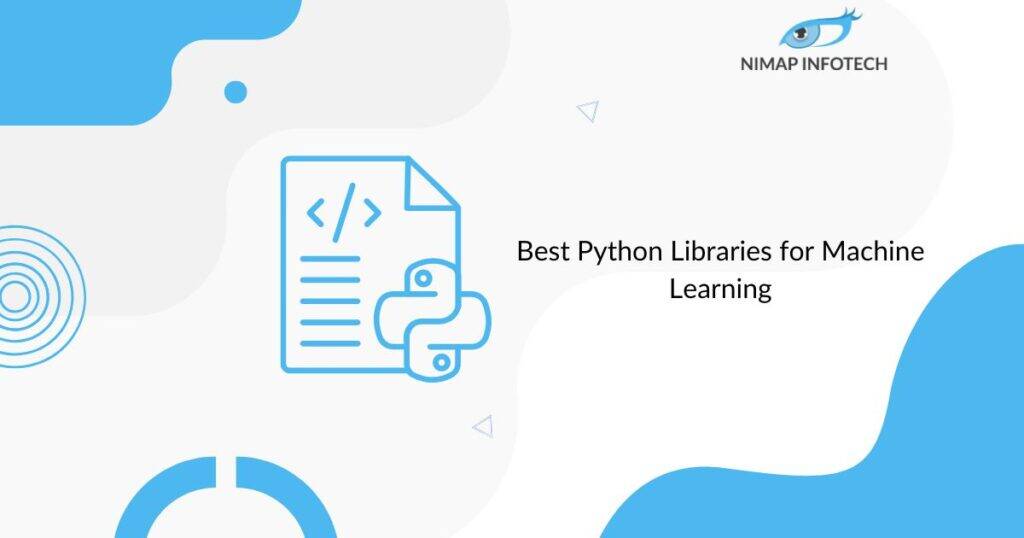Firstly, Every once in a while, a technology comes in that promises the capability to revolutionize the world of programming. Particularly, These technology are intended to solve problems in computing that the previous technology failed to solve. These technologies as they mature gain a lot of traction as well as community support that nearly every programmer can access and solve their computational problems. Secondly, The world of computing and programming has nearly benefited from every other technology but has failed to identify the all round successor that solves nearly 100% of all computational problems. Let us look at such a technology that has been around for a quite a long time of more than 20 years. Lets us compare and contrast the two contenders of today that is Ruby and RoR.
In this article, we are going to compare and contrast two technologies that have been around for a long amount of time. These technologies are Ruby and RoR (Ruby vs RoR).
Let’s us get to the basics of what is Ruby and Ruby on Rails:
What is Ruby?
Ruby is an OOPs language which means that it fully supports Object-Oriented Programming paradigms. It is an interpreted programming language that is mainly used and focussed on developing a web application at a high pace. This language was developed by Yukihiro Matsumoto from Japan and had been released in the year 1995. There has been the release of many different versions of ruby after this initial release. The latest stable version being 2.6.4 was released on August 28, 2019.
Ruby was developed using the C language. This language is open source as well as free of cost and is easily available for all to use and distribute. It can run on many different platforms such as Windows, Mac, Linux, and Unix. Files written in ruby have the RB extension. Ruby has many other features implemented from many other scripting languages such as Perl, Small Talk, and also Python.
Ruby has a Clear and a Distinctive syntax which is very easy to write as well as understand, Mainly it has a syntax that is more or less similar to Perl and the C language. This Ruby language provides programmers with a great balance between power as well as simplicity. Programs written using the Ruby language are easily maintainable as well as scalable. There have been many libraries that have the sole purpose to extend the ruby functionality and these libraries mainly emphasize testing.
Ruby has many advanced features such as dynamic typing and duck typing, flexible syntax inheritance, exception handling, collection of garbage, overloading, iterators, lexical closures, custom dispatch behavior, variable scope, centralized management system, and extended library.
What is Ruby On Rails?
Ruby on Rails is a full-fledged web application framework This framework is based on the MVC or Model View Controller architecture and this means that the data is separated from the view and provides a different view of the same data. RoR is used for server-side scripting and developing web applications.
Ruby on Rails is mostly referred to as Rails. RoR is developed by David Heinemeier Hansson and was released during early 2005. The latest stable release is 6.0.0 version released on August 15, 2019. This framework was written using the Ruby Programming language. Developing applications using RoR proves to be of great productivity and scalability.
It is mostly used to develop interface scripts. HTML snippets can easily be integrated into the Ruby on Rails code and it provides support for TCL/ TK as well. ROR can be easily and swiftly connected to a database and inbuilt functions can easily be used in order to build scripts.
The software component of Ruby on Rails has been divided into different Modules that are named as Action Pack, Action Mailer, Active Model, Active Support, Active Record and Active Resource. It also follows RESTful architecture as well as practice. Ruby on Rails provides a very easy to use and efficient way in order to develop the applications and easy to express the ideas.
Ruby on Rails follows the concepts of don’t repeat yourself (DRY) coding convention and convention over configuration (COC). DRY (Don’t repeat yourself) refers to not to repeat the code or not to write the same code again and again. The code needs to be well-written, maintainable, and extensible, with fewer issues and better performance. COC (convention over configuration) provides us the flexibility not to write the big configuration files rather than this set of default conventions that can be used.
Read More: Ruby vs Python
Let’s compare Ruby and Ruby on Rails side by side(Ruby vs Ruby on Rails):
| Ruby | |
| Ruby is programmed using the C Language | RoR is programmed using the Ruby programming language |
| Ruby is not a framework. | ROR is a web development framework designed to create web applications |
| Ruby is used to developing desktop-based applications | ROR is used to develop web applications |
| Ruby is inspired from languages such as Small Talk and Perl | ROR is inspired by languages such as Django, Laravel of Python, and PHP respectively. |
| Ruby was developed solely on the principle of user interface designing | ROR was developed on the principle of DRY and COC. |
| Ruby’s syntax is inspired by Perl and Python | ROR syntax is similar to Phoenix in Elixir, Python and so on. |
| Ruby supports applications to be developed using C++, Java, and VB.net | In RoR, HTML, CSS, JavaScript and XML is mainly used. |
Key Differences
Ruby is used as a general-purpose programming language. RoR is mainly used for creating database-driven web applications.
Ruby is a programming language. RoR is a framework that is based on the Model View Controller (MVC).
Ruby applications can run on the same machine. It developed application mainly runs on the webserver.
In Ruby, writing the web application with features is a very difficult task. In ROR, it is much easier to develop the web application and makes it easier to maintain.
Ruby has provided the security. RoR has been provided more security compared to Ruby.
Ruby can easily be used for developing static websites. RoR is not suitable for developing a static website.
Know More: PHP vs Python
Conclusion
Ruby as well as Ruby on rails are two very different technologies that are used for different purposes. Although they may share the same name, their sole purpose to design and develop applications that are different from each other. We hope that you enjoyed reading this article on Ruby vs Ruby on Rails. If you’re looking to hire ruby developers or looking to hire ruby on rails developer then contact us at enquiry@nimapinfotech.com. We have the most experienced developers ready to be on board for your project.
Author
-

With 14+ years in IT and entrepreneurship, I co-founded Nimap Infotech, a digital transformation company that has delivered 1200+ projects and built a team of 400+ engineers. I’ve also led mobile development teams at Accenture India and IBM Apple Garage and developed a network of 7k+ iOS and Android developers. As an Angel Investor, tech advisor, and mentor, I actively engage with the startup ecosystem.
View all posts








